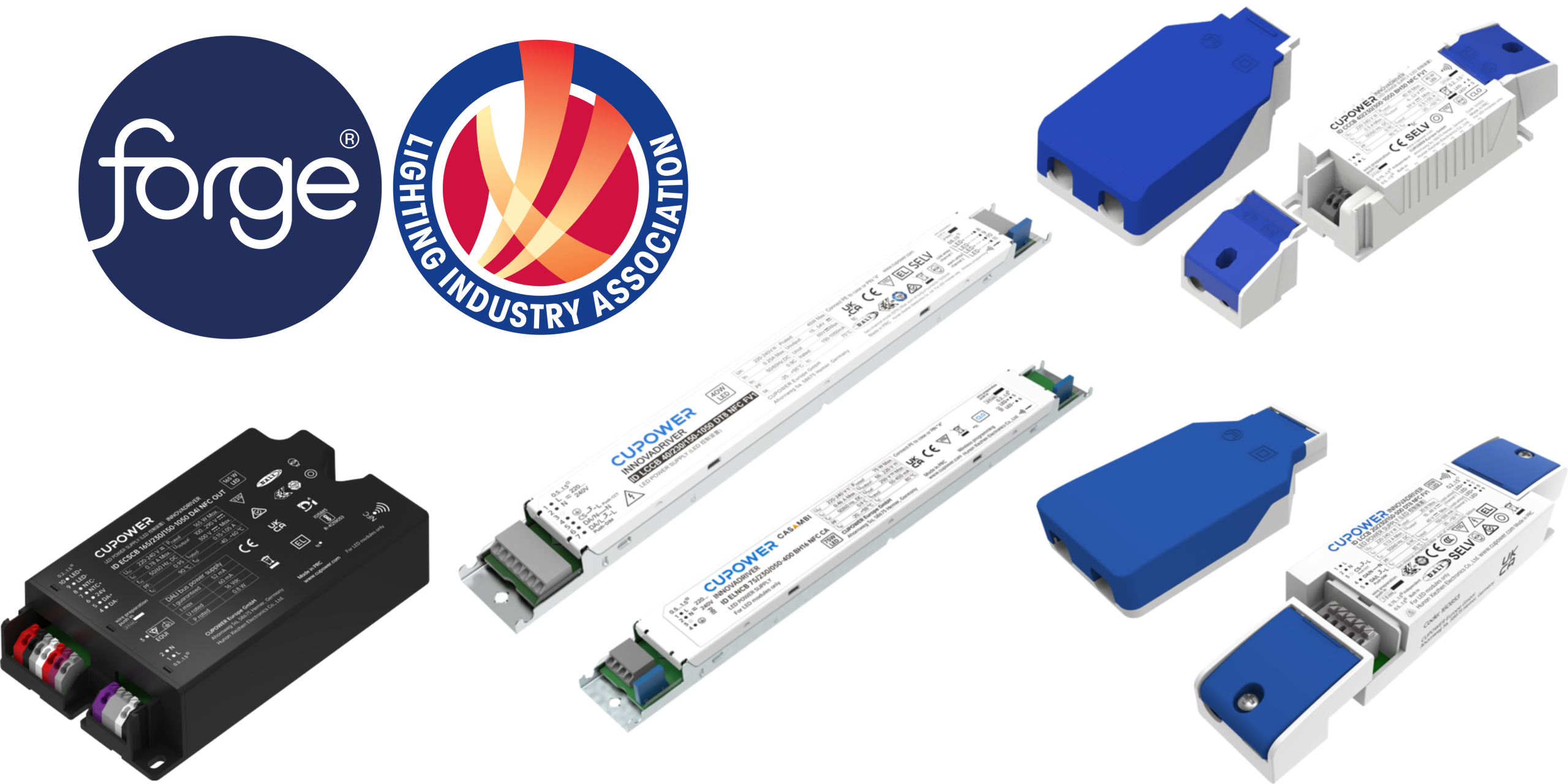As LED based systems continue to dominate most lighting segments, there’s one critical element that doesn’t get the attention it deserves—the drivers. Whether you're a manufacturer, installer, or end user, understanding the importance of high quality LED drivers that are reliable, sustainable, and compatible can be the key to successful project solutions. In this post, I’ll explain why these drivers matter so much and how they impact everyone involved in the supply chain.

When an LED driver fails, the entire luminaire fails. The irony is that while no one notices a broken driver, everyone sees a failed light, and the consequences ripple through the supply chain. For manufacturers, a failed luminaire can damage their reputation, risking future business. Installers face costly call-outs to replace non-functioning luminaires, especially in hard-to-reach areas. For the end user, the consequences range from aesthetic issues to potential health and safety risks if a critical area is without light.
That is why choosing high quality LED drivers that have undergone rigorous testing is essential. Reliable drivers should be subjected to 100% burn-in testing to ensure they can handle the stresses of operation. Advanced testing methods, such as X-ray inspections and humidity resistance evaluations, should also be in place to guarantee that internal components are functioning properly and are protected from environmental factors. These measures help prevent premature failures, reduce maintenance costs, and provide confidence that your lighting system will run efficiently for the long term.
Additionally, high quality drivers often follow stringent industry standards for thermal management, electromagnetic compatibility (EMC), and overall durability. Ensuring that your drivers meet certifications like ISO 9001 further reinforces the reliability and quality assurance, reducing the risk of downtime and costly repairs down the line.
Sustainability is increasingly important in today’s lighting projects, especially as companies aim to meet carbon reduction goals and adopt eco friendly practices. High quality LED drivers contribute significantly to sustainability by reducing energy consumption and enabling circular design principles.
One key sustainability feature of leading drivers is the inclusion of Environmental Product Declarations (EPDs), which provide a detailed account of the environmental impact of the product. EPDs allow architects, lighting designers, and engineers to incorporate these drivers into their Whole Life Carbon Assessments (WLCA), a process that calculates both the embodied and operational carbon footprint of a project. This transparency ensures that projects can meet global standards for carbon measurement and reduction.
High efficiency drivers also help lower operational energy usage, contributing to significant long term savings and reducing the environmental impact of lighting installations. By selecting drivers with these sustainability credentials, you support your project’s net zero carbon goals, whilst also reaping the benefit from energy efficient performance.
In today’s smart lighting environments, compatibility with various protocols and control systems is a requirement. A high quality LED driver must not only power the luminaire but also integrate seamlessly with smart control systems, ensuring functionality across different applications. Whether you're designing new lighting systems or retrofitting existing ones, the ability to communicate with diverse protocols is essential for your project.
Purchasers and specifiers must ensure that the LED drivers they select support multiple functionalities and communication protocols. This enables smooth interaction with protocol compliant devices, ensuring that the lighting system runs effectively in any environment. Top tier drivers should support key industry protocols like DALI, DMX, KNX, Zigbee, Z-Wave, Bluetooth, Wi-Fi, and RP, allowing for integration across various applications, from architectural projects to industrial installations and smart home systems.
One critical certification to look for is DALI-2, which is based on strict testing specifications developed by the Digital Illumination Interface Alliance (DIIA). DALI-2 certification ensures that drivers follow the international DALI standard (IEC 62386) or newly developed DIIA specifications. DALI is the most common protocol used in modern lighting installations across many different applications.
In addition to certification, your driver manufacturers should be members of key industry organisations such as the DALI Alliance, ZVEI, and the Zhaga Consortium. Membership in these bodies signifies a commitment to following industry standards, promoting compatibility across products, and staying at the forefront of technological advancements. These organisations help define and support the standards that ensure dependable, interoperable, and future proof lighting solutions. By choosing drivers from manufacturers who are members of these respected bodies, you further ensure the quality and compatibility of your lighting system.


